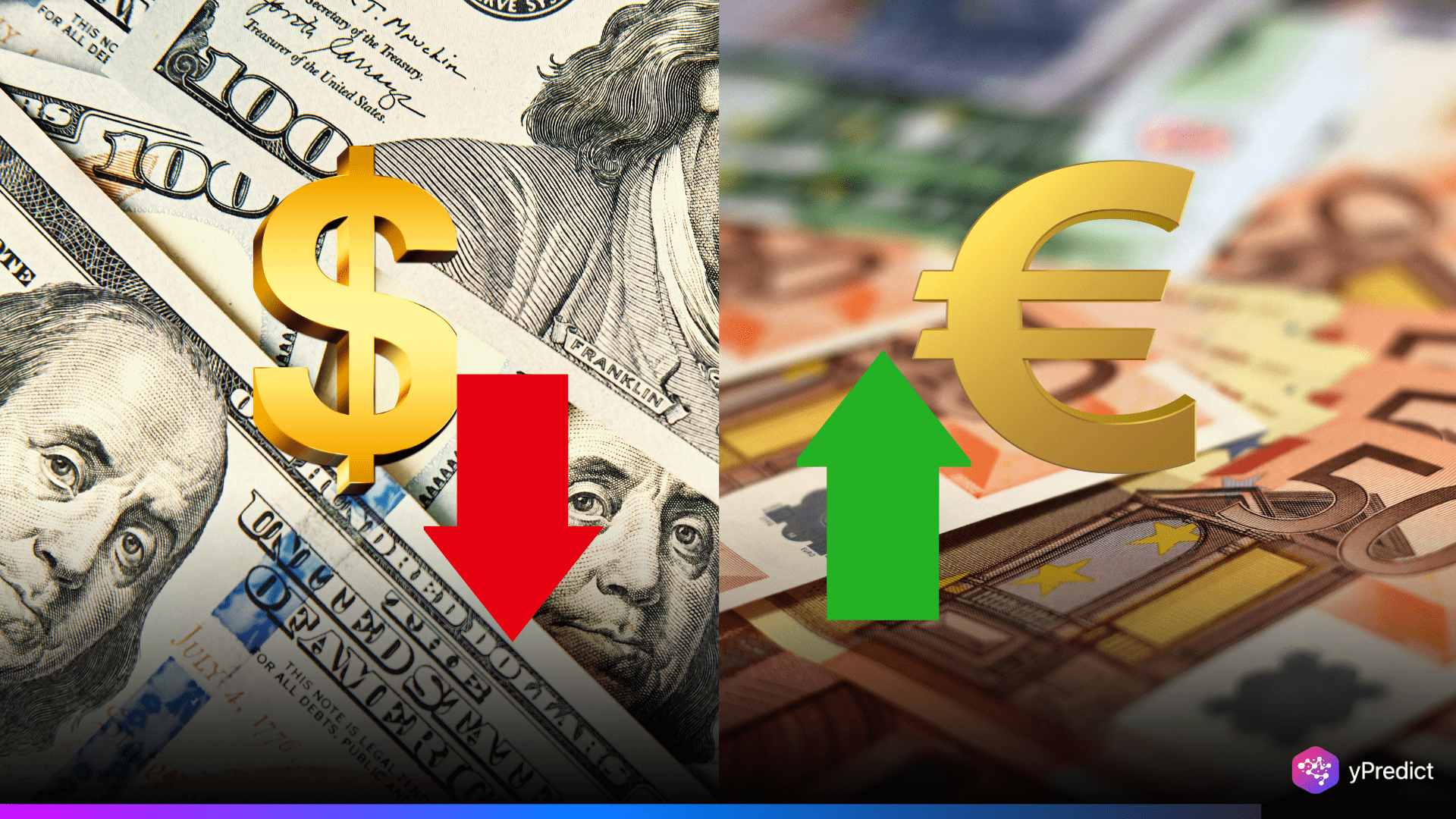
The USD movement dipped 0.4% as investor focus shifted to the emerging U.S. payrolls report. However, the euro was boosted by increasing signs from the eurozone’s manufacturing sector. It showed indications of stabilization in spite of more general economic challenges.
Will the USD Momentum Continue After Payrolls?
The USD movement was slightly down, as evidenced by the Dollar Index dropping 0.4% to 99.682. This was supported by low trading activity because many countries were on vacation. Analysts are on edge as the highly anticipated US payrolls data for April suggests a potential slowdown in job growth.
The belief that trade talks between the US and China could reduce the pressures from tariffs was the driving force behind the dollar’s recent rise in value. Despite this, the US payroll report might show that the US economy is getting worse. The report is anticipated to reveal a slowdown in payrolls and hiring as a result of growing economic uncertainty.
Can Eurozone Manufacturing Stabilize Euro Growth?
Recent PMI data shows that manufacturing activity has risen. This is a sign of optimism for the euro and the manufacturing sector in the Eurozone. The EUR/USD exchange rate rose to 1.1333, a 0.4% increase.
April saw the fastest growth in eurozone output in over three years, despite the fact that the manufacturing sector is still in the contraction zone. The manufacturing PMI for the HCOB eurozone grew from 48.6 to 49.0 between March and April. This is the highest level it has been in thirty-two months.
Despite this, the PMI remains below the 50-point cutoff that separates contraction from growth. The improvement of the eurozone’s manufacturing sector is a major contributor to the euro’s gains. The eurozone’s flash CPI reading of 2.2% annually shows that, despite persistent inflation, the outlook for the euro is still cautiously optimistic.
US Payrolls Data and Global Economic Impacts
The US payrolls report will be a pivotal moment for currency markets. The results are anticipated to indicate a slowdown in job growth as economic uncertainty increases. Expectations regarding the strength of the US economy will most likely be lowered. ING analysts say that although the market is expecting a slowdown, a substantial dollar reversal would need proof of a sharp rise in unemployment.
At the same time, Eurozone manufacturing has its own problems. Even though the PMI data indicates some stabilization, the economy as a whole is still in an unstable state. Furthermore, any improvement in the manufacturing sector of the eurozone may not last long if geopolitical tensions rise. Right now, the euro is still strong due to recent data. However, its future direction will be greatly influenced by the European economy’s overall recovery.
What’s Next for the Dollar and Euro Markets?
The USD movement could face further challenges if the payroll data shows significant job losses. This information might have an impact on Fed policy decisions in the future. However, the growth of the Eurozone manufacturing sector has provided support for the euro despite impending difficulties.
The USD and EUR will be closely watched in the upcoming weeks as they react to economic data and the state of international trade. Markets are prepared for possible shifts in the coming months since the movement of the USD and the euro will be reliant on how these economic indicators develop.







